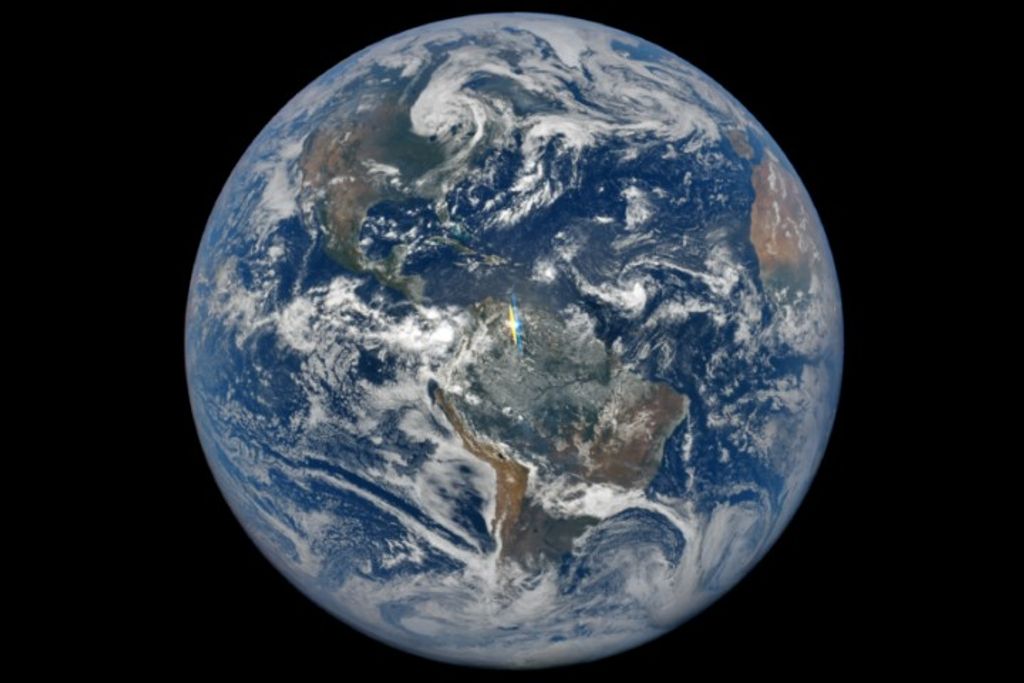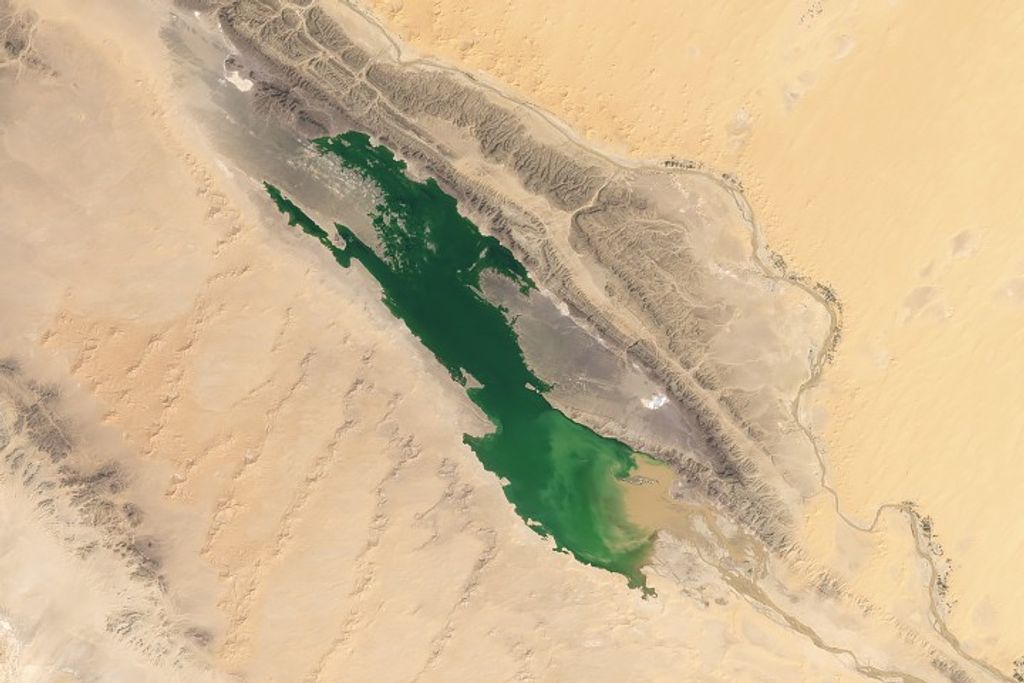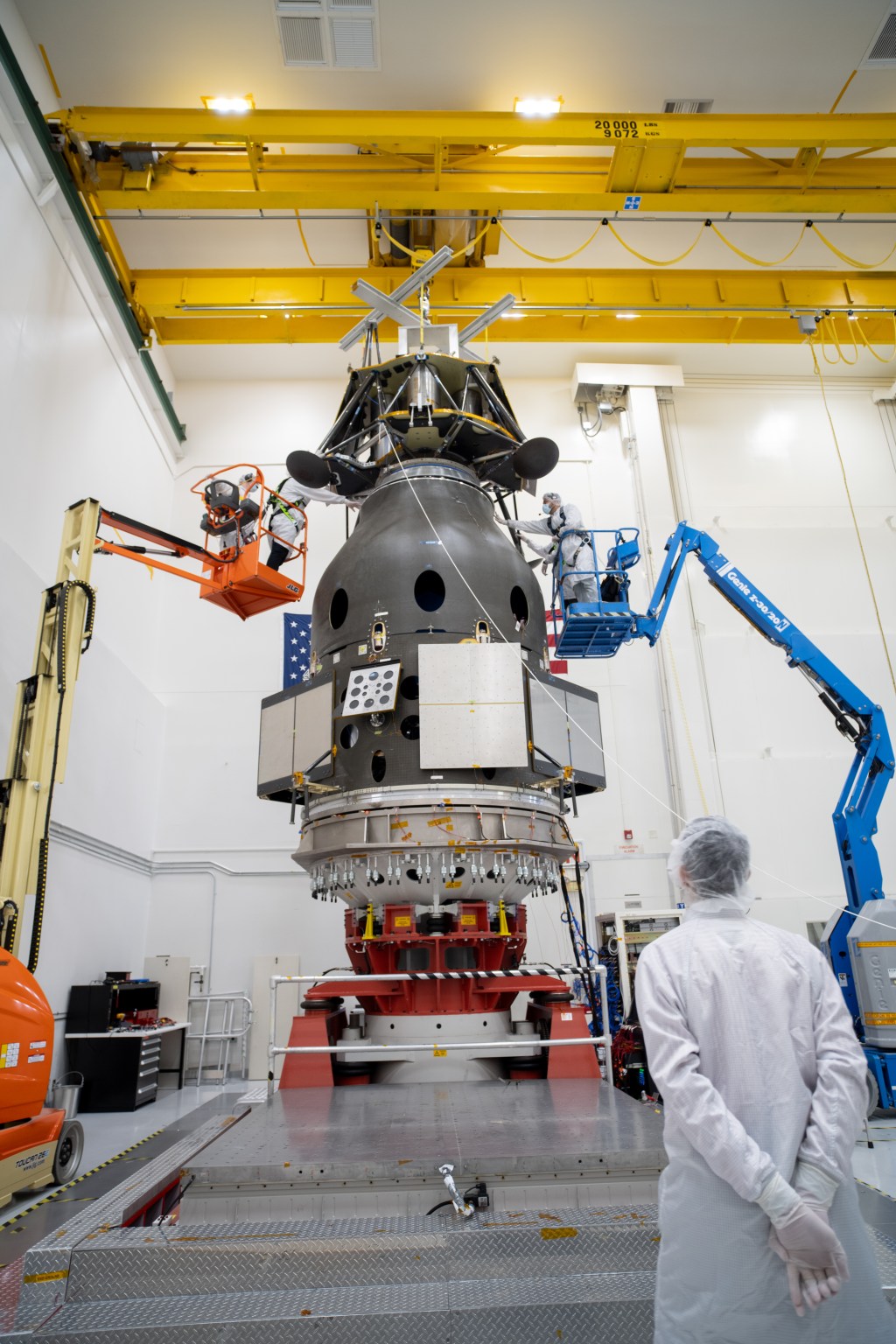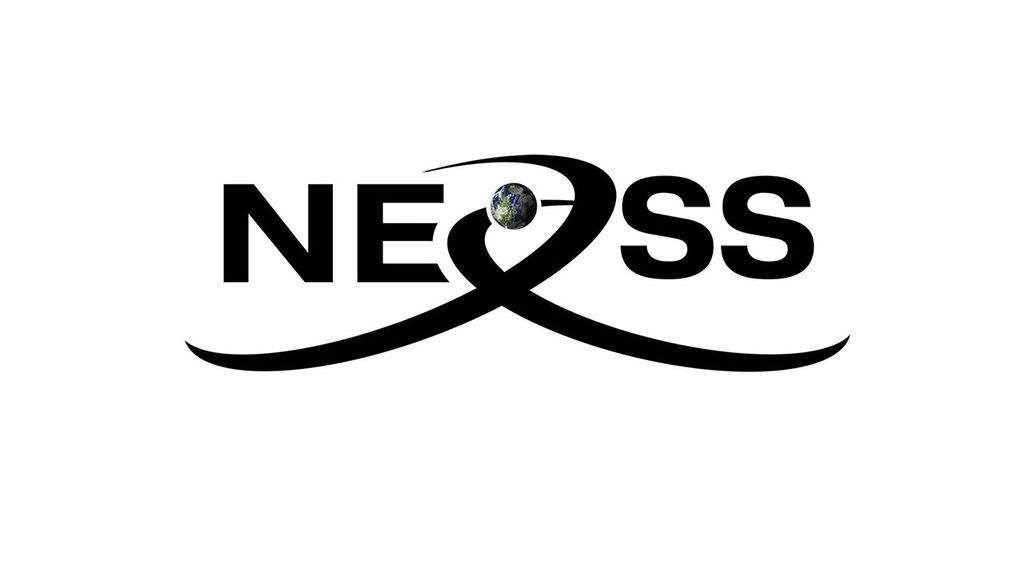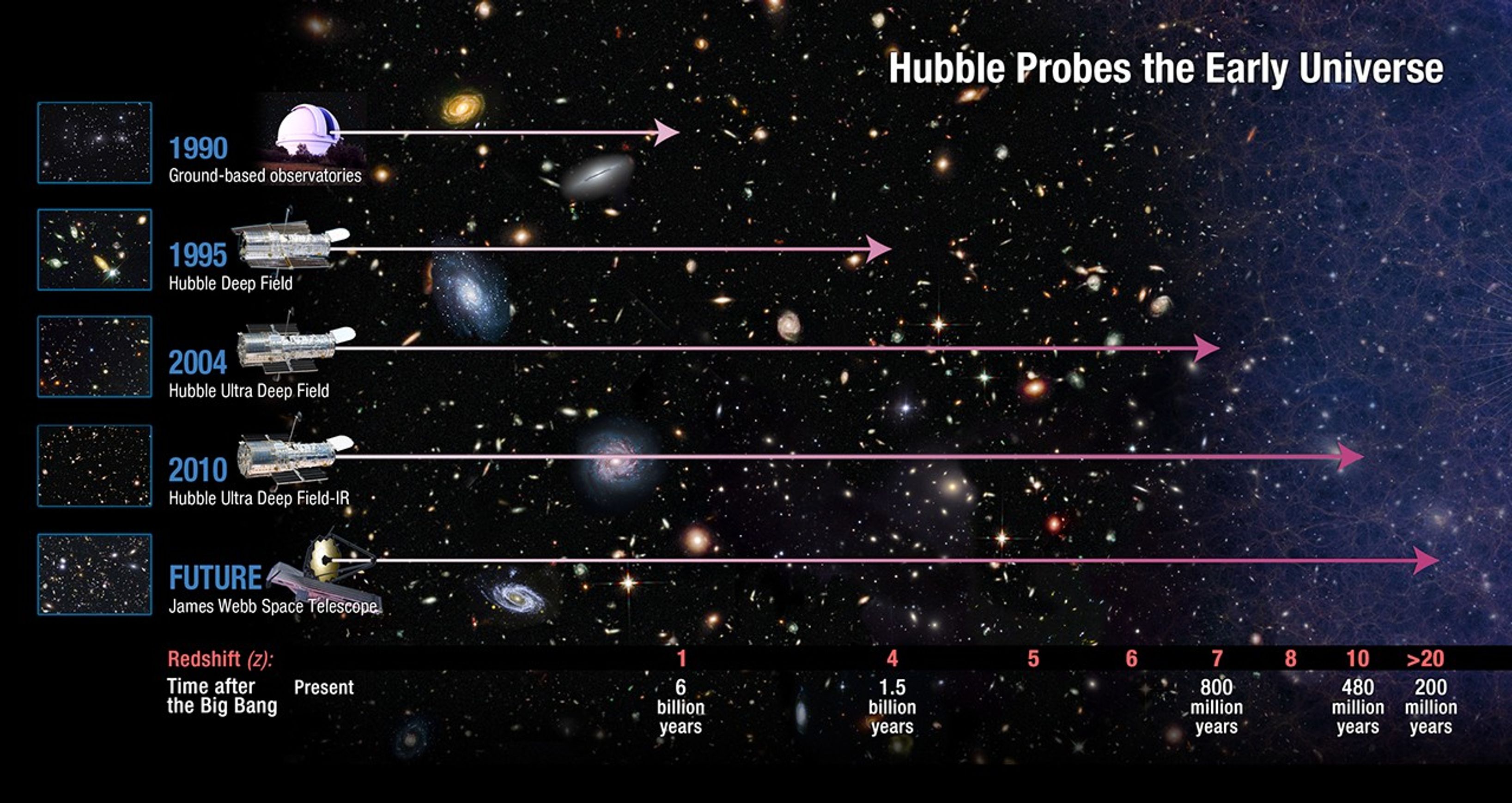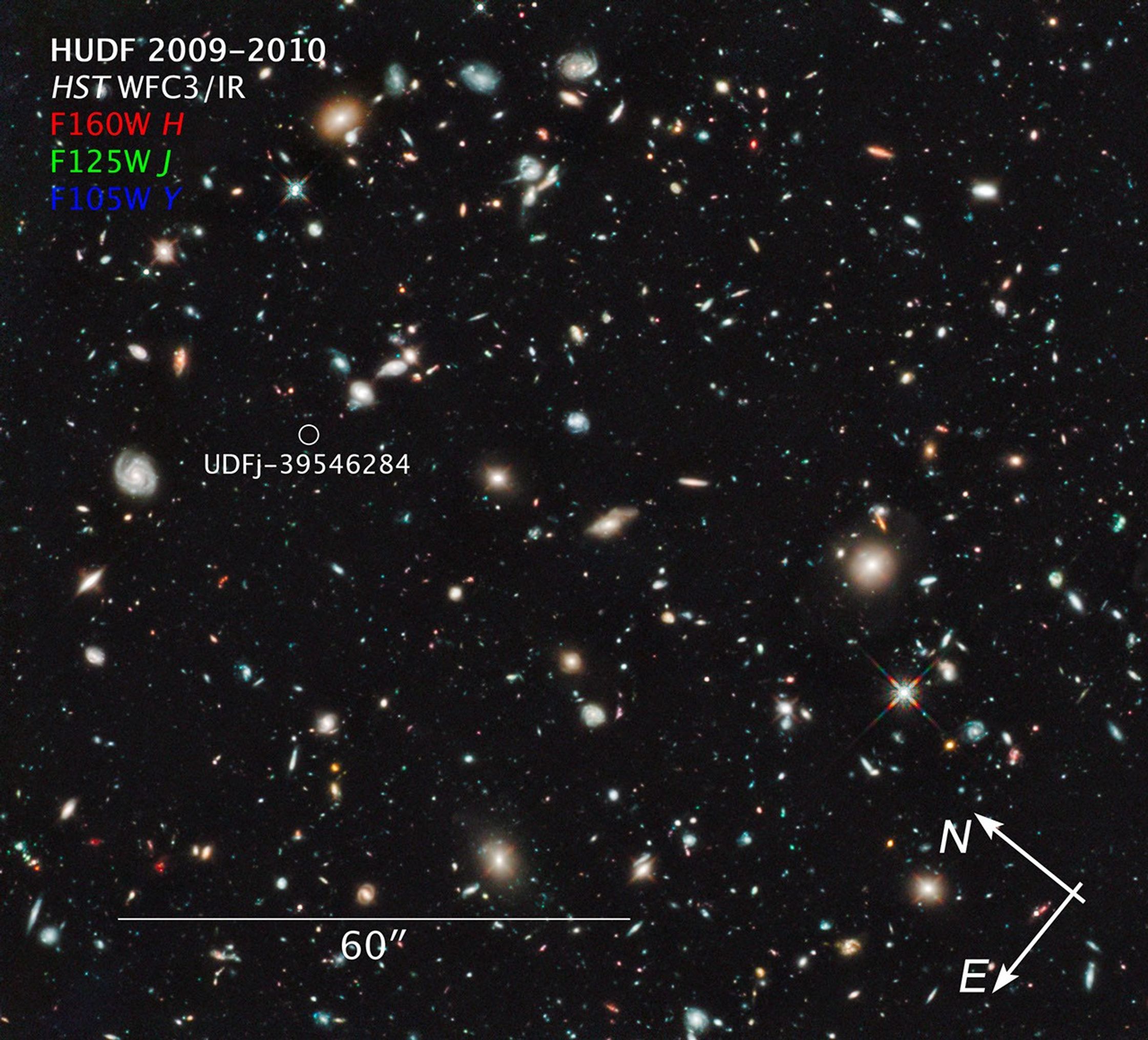1 min read
HUDF WFC3/IR Image

About the Object
- R.A. PositionR.A. PositionRight ascension – analogous to longitude – is one component of an object's position.03h 32m 38.99s
- Dec. PositionDec. PositionDeclination – analogous to latitude – is one component of an object's position.-27° 47' 29.04"
- ConstellationConstellationOne of 88 recognized regions of the celestial sphere in which the object appears.Fornax
- DimensionsDimensionsThe physical size of the object or the apparent angle it subtends on the sky.The HUDF image is roughly 2.2 arcminutes wide.
About the Data
- Data DescriptionData DescriptionProposal: A description of the observations, their scientific justification, and the links to the data available in the science archive.
Science Team: The astronomers who planned the observations and analyzed the data. "PI" refers to the Principal Investigator.The image was created from Hubble data from proposal 11563: G. Illingworth (University of California, Santa Cruz), R. Bouwens (University of California, Santa Cruz, and Leiden University), M. Carollo (Swiss Federal Institute of Technology, Zurich), M. Franx (Leiden University), I. Labbé (Carnegie Institution of Washington), D. Magee (University of California, Santa Cruz), P. Oesch (Swiss Federal Institute of Technology, Zurich), M. Stiavelli (STScI), M. Trenti (University of Colorado, Boulder), and P. van Dokkum (Yale University). The science team includes: R. Bouwens (University of California, Santa Cruz, and Leiden University), G. Illingworth (University of California, Santa Cruz), I. Labbé (Carnegie Institution of Washington), P. Oesch (Swiss Federal Institute of Technology, Zurich), M. Trenti (University of Colorado, Boulder), M. Carollo (Swiss Federal Institute of Technology, Zurich), P. van Dokkum (Yale University), M. Franx (Leiden University), M. Stiavelli (STScI), V. González and D. Magee (University of California, Santa Cruz), and L. Bradley (STScI). - InstrumentInstrumentThe science instrument used to produce the data.HST>WFC3/IR
- Exposure DatesExposure DatesThe date(s) that the telescope made its observations and the total exposure time.August 26, 2009 - September 14, 2010, Exposure Time: 87 hours
- FiltersFiltersThe camera filters that were used in the science observations.F105W (Y), F125W (J), and F160W (H)
- Object NameObject NameA name or catalog number that astronomers use to identify an astronomical object.Hubble Ultra Deep Field, HUDF
- Object DescriptionObject DescriptionThe type of astronomical object.Cosmological Survey
- Release DateJanuary 26, 2011
- Science ReleaseNASA’s Hubble Finds Most Distant Galaxy Candidate Ever Seen in Universe
- Credit

The image is a composite of separate exposures made by the WFC3 instrument on the Hubble Space Telescope. Three filters were used to sample broad wavelength ranges in the near infrared. The color results from assigning different hues (colors) to each monochromatic image. In this case, the assigned colors are: Blue: F105W (Y) Green: F125W (J) Red: F160W (H)

Related Images & Videos
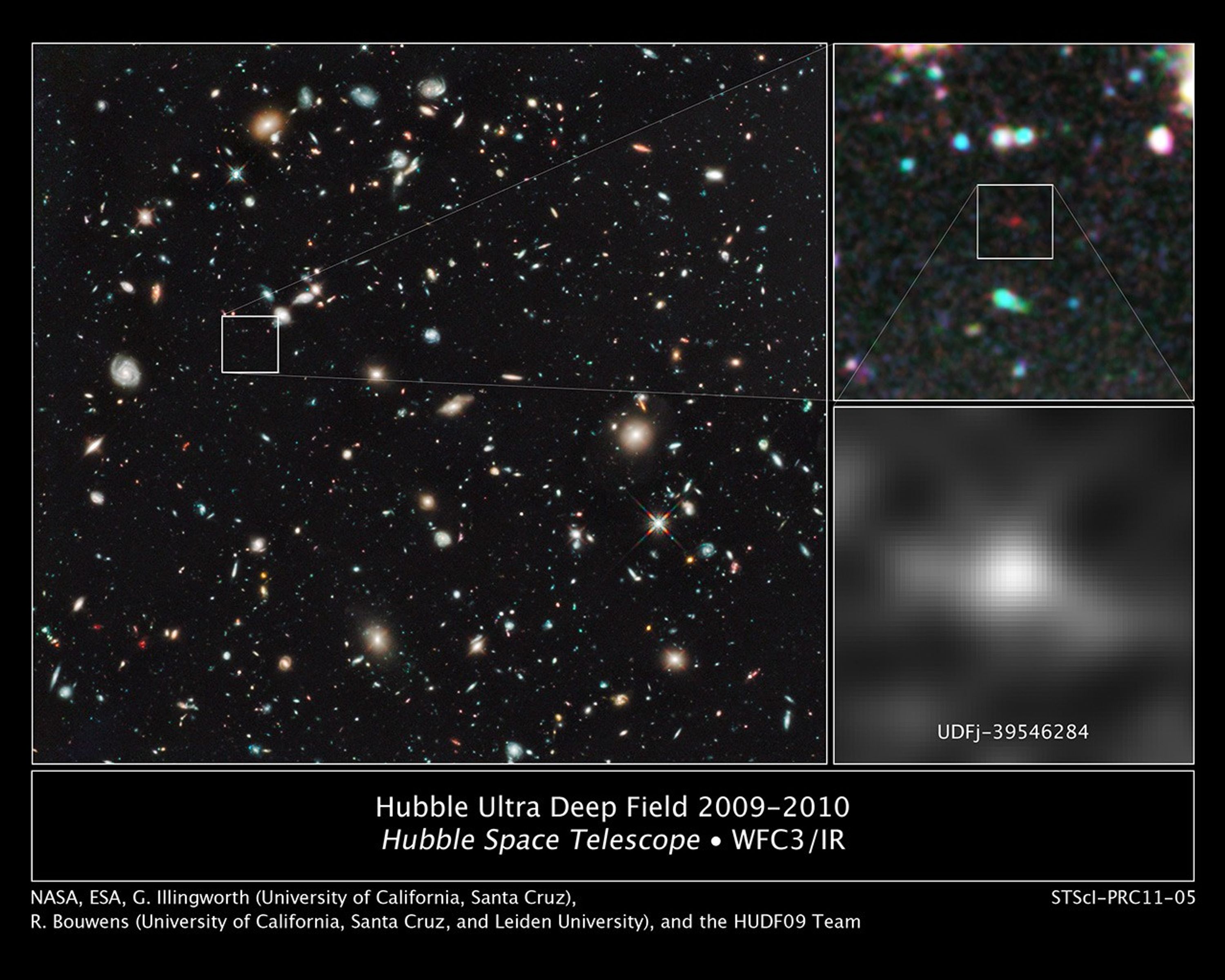
Hubble Ultra Deep Field 2009-2010 and UDFj-39546284
The farthest and one of the very earliest galaxies ever seen in the universe appears as a faint red blob in this ultra-deep-field exposure taken with NASA's Hubble Space Telescope. This is the deepest infrared image taken of the universe. Based on the object's color, astronomers...
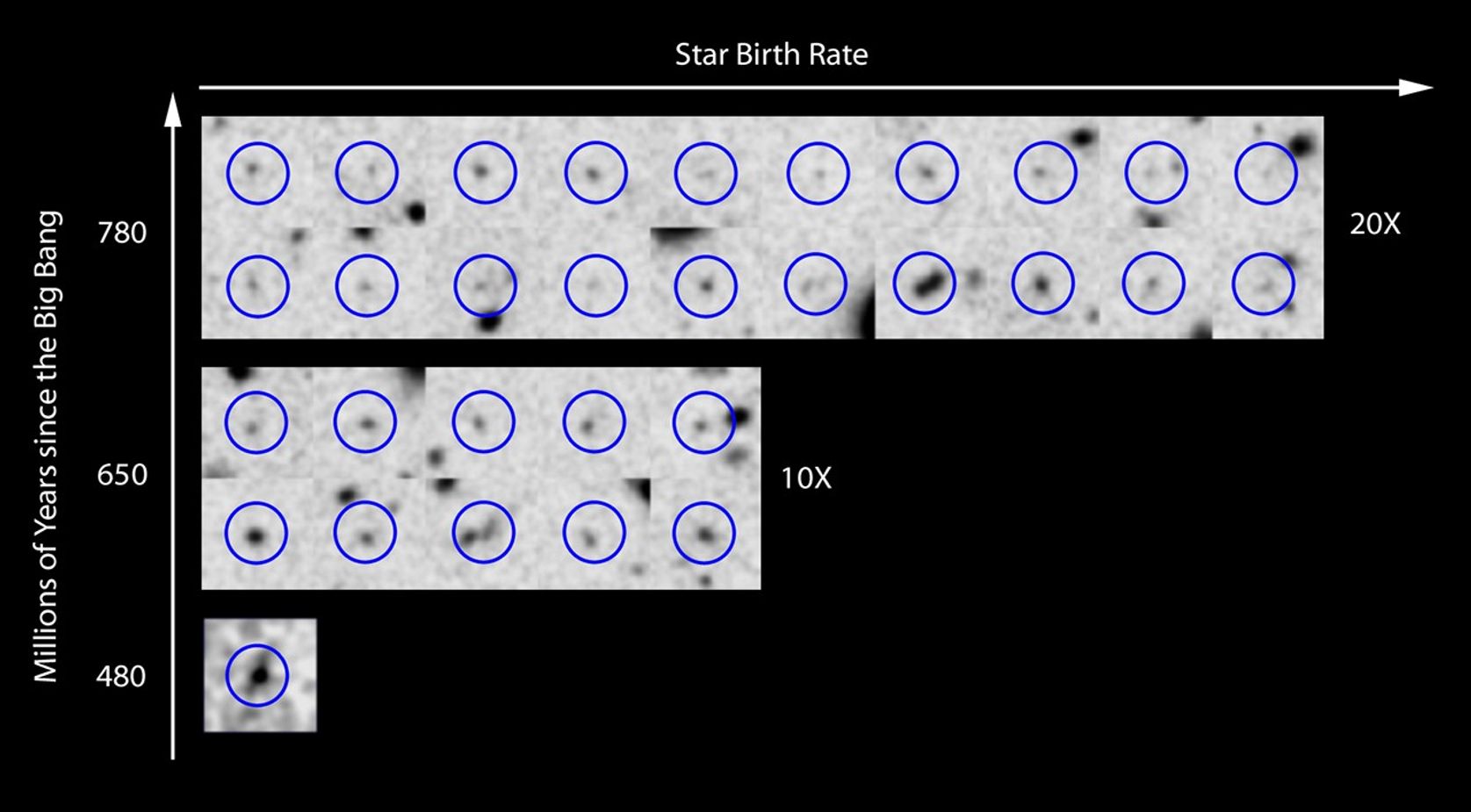
Rate of Star Birth in the Early Universe
The new Hubble Space Telescope results show that the rate of star birth changed dramatically in the universe over just 170 million years, increasing by ten times from 480 million years after the Big Bang to 650 million years, and doubling again in the next 130 million years. The...
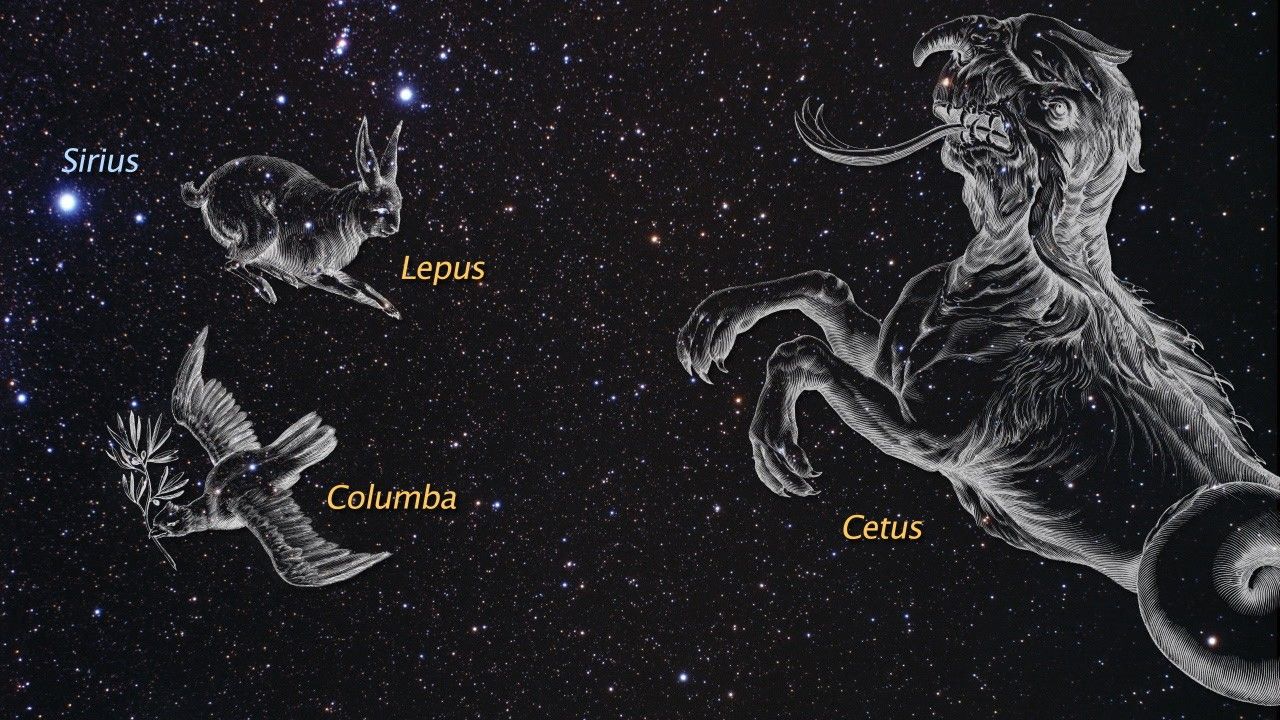
Zoom into Infrared Hubble Ultra Deep Field and Object UDFj-39546284
This video is a zoom into the Hubble Space Telescope infrared Ultra Deep Field, first taken in 2009. It is a very small patch of sky in the southern constellation Fornax. Several thousand galaxies at various distances fill Hubble's field of view. The zoom centers on the farthest...
Share
Details
Claire Andreoli
NASA’s Goddard Space Flight Center
Greenbelt, Maryland
claire.andreoli@nasa.gov








